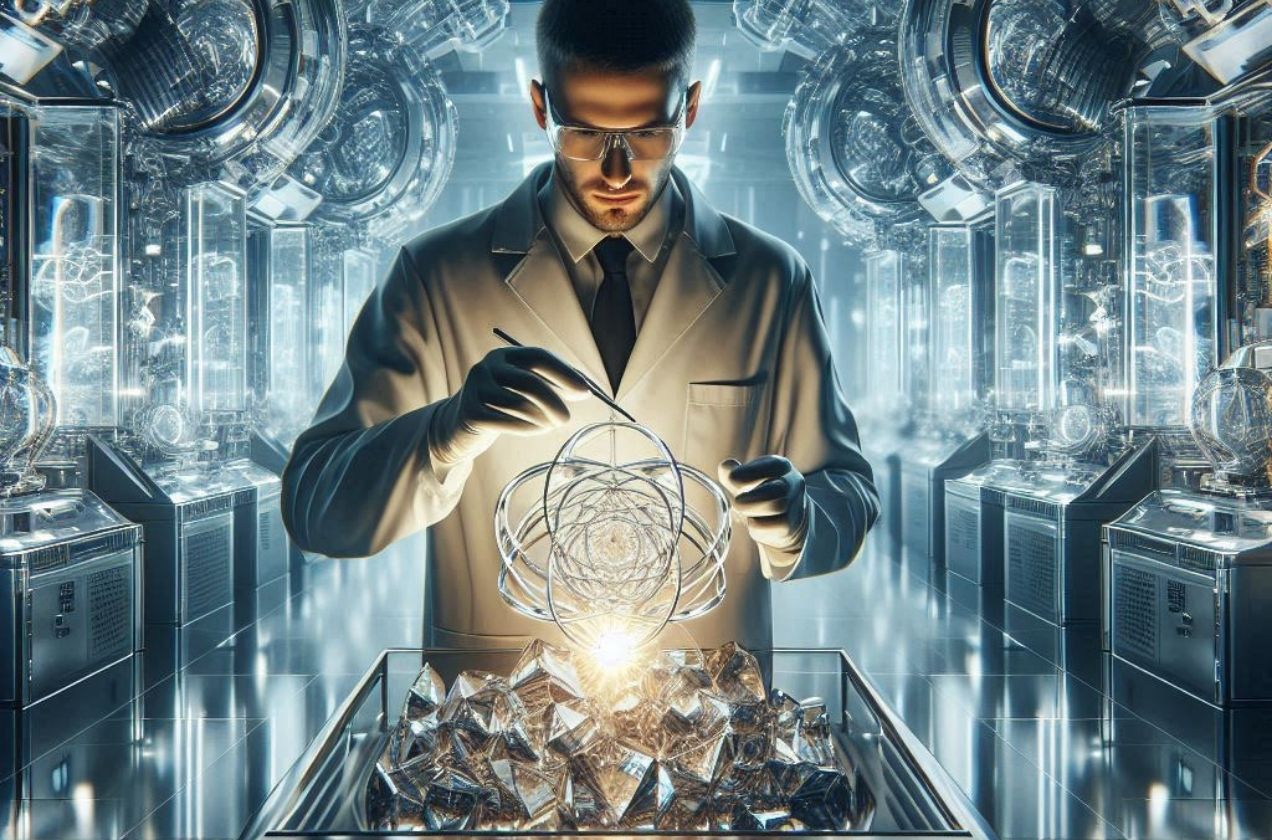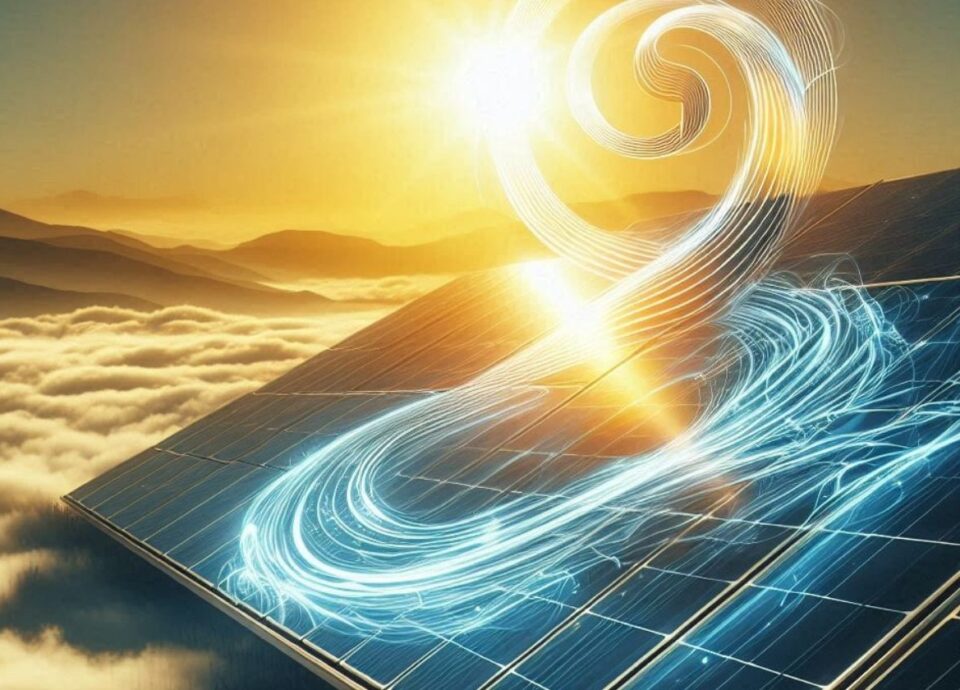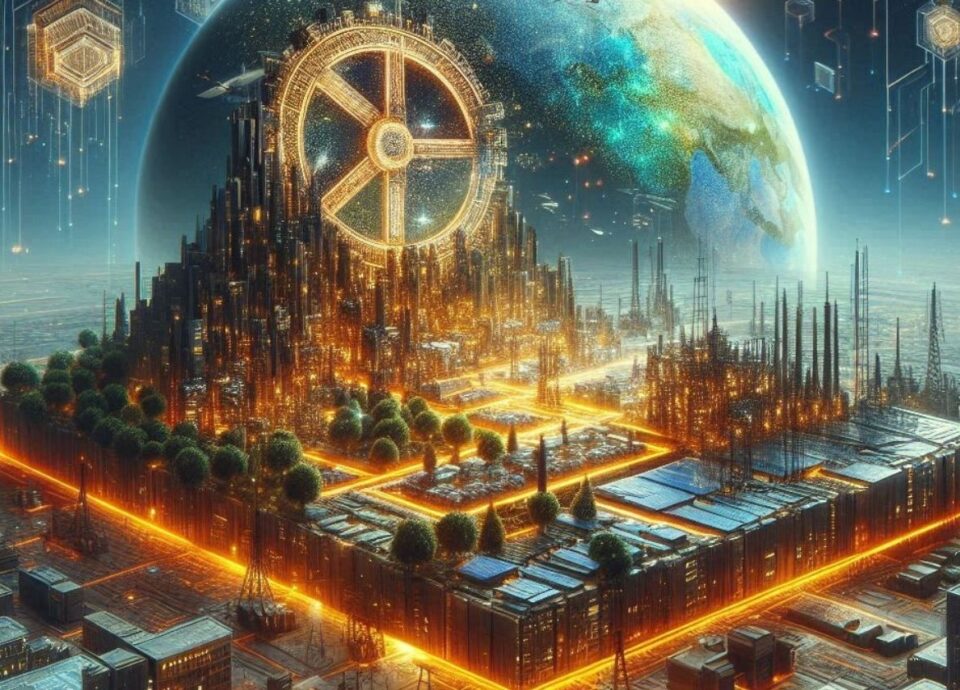As humanity advances in technology, infrastructure, and industrialization, the balance between development and nature has become one of the most pressing challenges of our time. For decades, rapid urbanization and economic growth have often come at the cost of deforestation, pollution, and loss of biodiversity. However, a new global perspective is emerging—one that envisions Nature and Development in Harmony.
This vision emphasizes that economic progress does not have to conflict with environmental protection. Instead, it promotes sustainable development, where innovation and growth work hand-in-hand with the preservation of natural ecosystems.
Understanding the Need for Balance
Nature provides essential life-supporting services—clean air, fresh water, fertile soil, and a stable climate. At the same time, development delivers critical benefits such as housing, transportation, energy, jobs, and healthcare. Both are essential for human well-being, and neither can be neglected.
The idea of harmony between the two lies in coexistence: using natural resources responsibly while implementing development projects that are mindful of their environmental impact.
Principles of Harmonious Development
1. Sustainable Planning
Cities and industries must be designed with sustainability in mind. Urban planning that includes green spaces, energy-efficient buildings, public transport systems, and waste recycling can reduce the ecological footprint while improving the quality of life.
2. Renewable Energy and Clean Technologies
Transitioning from fossil fuels to solar, wind, and other clean energy sources is vital. Clean technologies not only reduce carbon emissions but also open up new economic opportunities in green industries.
3. Conservation and Biodiversity Protection
Preserving forests, oceans, and wildlife habitats is essential. Development should include strong environmental regulations that protect natural resources and promote reforestation, marine conservation, and species preservation.
4. Circular Economy Models
A circular economy focuses on reducing waste by reusing, recycling, and repurposing materials. This reduces the pressure on natural resources and makes development more efficient and less harmful.
5. Community Engagement and Education
Sustainable development is more successful when local communities are involved in planning and decision-making. Education and awareness campaigns help people understand the value of nature and their role in protecting it.
Real-World Examples
Countries like Sweden and Costa Rica have shown that economic growth and environmental stewardship can go hand-in-hand. Sweden has built smart cities that incorporate green technology and urban forests. Costa Rica runs almost entirely on renewable energy and has reversed deforestation trends through eco-tourism and sustainable agriculture.
These models demonstrate that with the right vision and policy frameworks, development can enhance nature rather than deplete it.
The Role of Innovation
Modern technologies such as AI, IoT, and data analytics are helping monitor and manage environmental impact more efficiently. Smart irrigation systems, green construction materials, and carbon-capture technologies are just a few examples of innovations that make sustainable development more practical and scalable.
Conclusion
Nature and development do not have to be adversaries. When we align our growth strategies with ecological principles, we create a future that is not only prosperous but also sustainable. True progress is achieved not by conquering nature, but by learning to live in harmony with it.
The world doesn’t need to choose between forests and factories, or rivers and roads. With conscious planning and collective action, we can have both—a thriving planet and a thriving society. to national and global energy security.
Breaking Down Clean Energy Technologies
Solar Energy
Solar power harnesses the energy radiating from the sun using photovoltaic panels or concentrated solar power systems. It is one of the most abundant energy sources available and has seen dramatic cost reductions in recent years, making it an increasingly attractive option for both residential and commercial use.
Wind Energy
Wind power utilizes turbines to convert kinetic energy from wind into electricity. Coastal areas and open plains are particularly suitable for wind energy installations. Wind farms, both onshore and offshore, have become a common sight worldwide, making a substantial contribution to regional power grids and offering a sustainable solution with minimal environmental footprint.
Hydropower
Hydropower, generated from the natural flow of water in rivers and dams, is one of the oldest and most established forms of clean energy. It provides a reliable and steady energy supply but must be managed carefully to balance ecological impacts on river systems and local wildlife.
Geothermal and Biomass Energy
Geothermal energy taps into the Earth’s internal heat to produce power and provide heating solutions, while biomass energy converts organic materials into usable energy. Both sources offer renewable alternatives that can be locally sourced, reducing transportation costs and supporting regional economies.
The Economic and Social Benefits
Investing in clean energy has far-reaching benefits. Economically, the growth of the renewable energy sector has spurred job creation in new technology fields, manufacturing, installation, and maintenance services. Countries that invest in clean energy technologies can develop local industries, reduce energy imports, and enhance their technological capabilities.
On the social front, clean energy projects contribute to community development by providing reliable and affordable energy access, particularly in remote or underdeveloped regions. This, in turn, promotes better education, healthcare, and overall quality of life. Moreover, cleaner air and a healthier environment lead to reduced public health costs and improved life expectancy among communities.
Overcoming Challenges and Embracing the Future
Despite its benefits, the transition to clean energy is not without challenges. Integrating renewable energy into existing power grids requires innovation in energy storage, transmission infrastructure, and smart grid technologies. Investments in research and development, along with supportive policies and regulatory frameworks, are crucial to overcome these hurdles.
Conclusion
Clean energy stands as a cornerstone of a sustainable future. Its ability to provide reliable, environmentally friendly, and economically viable energy is transforming industries and communities around the globe. By embracing clean energy solutions, we have the opportunity to create a resilient energy infrastructure that safeguards the planet for future generations while powering progress today. The journey to a cleaner, brighter future is ongoing, and the pursuit of renewable energy excellence is more critical now than ever before.




